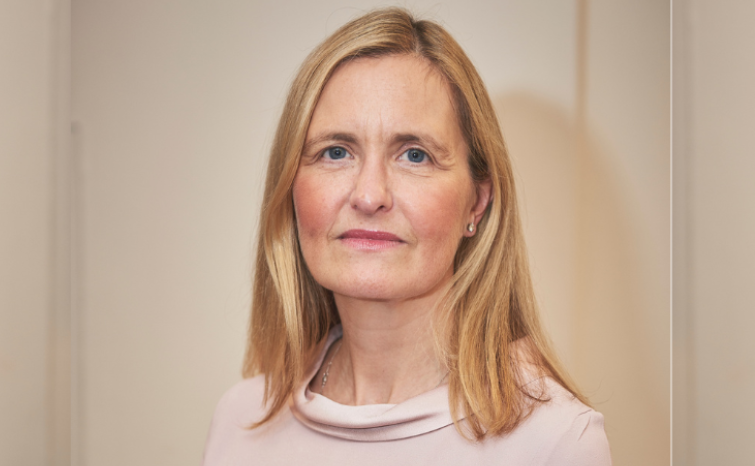NHS IT spending lags behind Wanless targets
- 24 March 2006
Forecasts from trade association, Intellect, suggest that NHS spending on IT in England is likely to undershoot significantly the figure needed to achieve service transformation and support greater efficiency and patient safety, a session at HC2006 heard.
The panel discussion led by the Intellect Healthcare Group looked at Intellect forecasts which show actual NHS spending increasingly lagging behind forecast. A trajectory from those figures indicates that, by 2012, actual spending will only be about half of the 4% recommended by the Wanless Review in 2002.
The industry group has calculated that for the year ending 2003, the combined total of National Programme for IT (NPfIT) and existing NHS spending should have been £1.3 billion or 2.3% of the total budget to reach Wanless recommendations; in fact spending totalled 1.9% or £1.06 billion. In the year ending 2004, an actual spend of 2.1% was below the recommended 2.9% and in 2005 the gap widened with an actual spend of 2.13% against a target of 3.3%.
Vice-chair of the group, Phil Sissons, commented: “The actual spend is much lower. We’re not actually achieving as much as we thought we would do. This creates a situation where the [NPfIT] contracts are not costing the taxpayers very much, but are, arguably, not delivering very much.”
Group chairman, Tim Boulton acknowledged that the government had invested a lot of money but said the industry wanted to ensure this was a full and consistent investment in IT.
Vice-chair, Ewan Davis, outlined the changing government policy agenda which is moving towards:
- Delivery of care closer to patients.
- Money following the patient through the Choice initiative, Payment by Results, Practice-based Commissioning and direct payment.
- Greater diversity of providers achieved by buying15% of services from non-NHS providers.
- Greater focus on prevention and self-care.
- More managed care to keep people with long term conditions stable and productive and avoid crisis interventions and acute admissions.
- Better integration of health and social care.
He concluded: “Our concern and the message we are keen to give back is three-fold. If you want to achieve change in the NHS, you have to make an appropriate investment in IT. Derek Wanless’ view is reasonable about what investment matters. There’s a concern, particularly in the environment of current pressures, that the money won’t be spent.”
Intellect’s health programme manager, Sinead Quinn, reminded the audience that patient safety incidents cost the NHS £2 billion a year and that one in ten patients were harmed unintentionally whilst in an NHS hospital. Technologies existed outside the umbrella of the national programme which could improve patient care and, potentially, keep patients out of hospital.
“Fewer patient safety incidents and better patient care will in turn improve patient confidence in the system,” she said.
In discussion with the audience Mark Outhwaite, a consultant and formerly NHS Modernisation Agency IT lead, said: “I don’t use ‘IT’ and ‘transformational change’ in the same breath.”
He argued that the NHS needed transformational change in the way it worked before new IT systems. Otherwise he said: “IT and the NHS is like strapping a jet engine to a turkey.”
Another speaker asked what the 4% would be spent on.
Ewan Davis replied: “The global answer is ‘appropriate IT’; that’s something a little bit different from what is being procured – not dramatically different but a little bit different.”
The spending should cover infrastructure, knowledge and workflows across the NHS in its broadest sense, he said. “I think that’s going to require us to integrate a much larger number of more heterogenous systems.”
For example, there needed to be knowledge sharing between patients, carers and healthcare professionals and workflows integrated across much more fragmented clinical pathways.
A contributor to the discussion put the case for starting small and demonstrating that changes would deliver before transforming the service.
Davis agreed citing the case for focusing on areas such as e-prescribing in hospitals, order communications in hospitals, picture archiving and communications and the integration of primary care informatics.
Tim Boulton named two areas where he said real change could be achieved using technology as a servant: making sure workers in the community had appropriate information and spending on chronic disease management.





